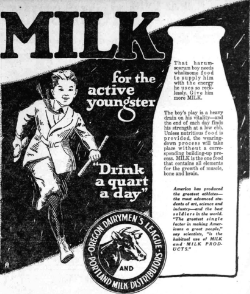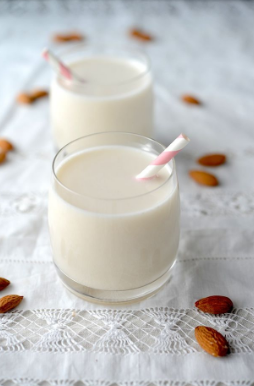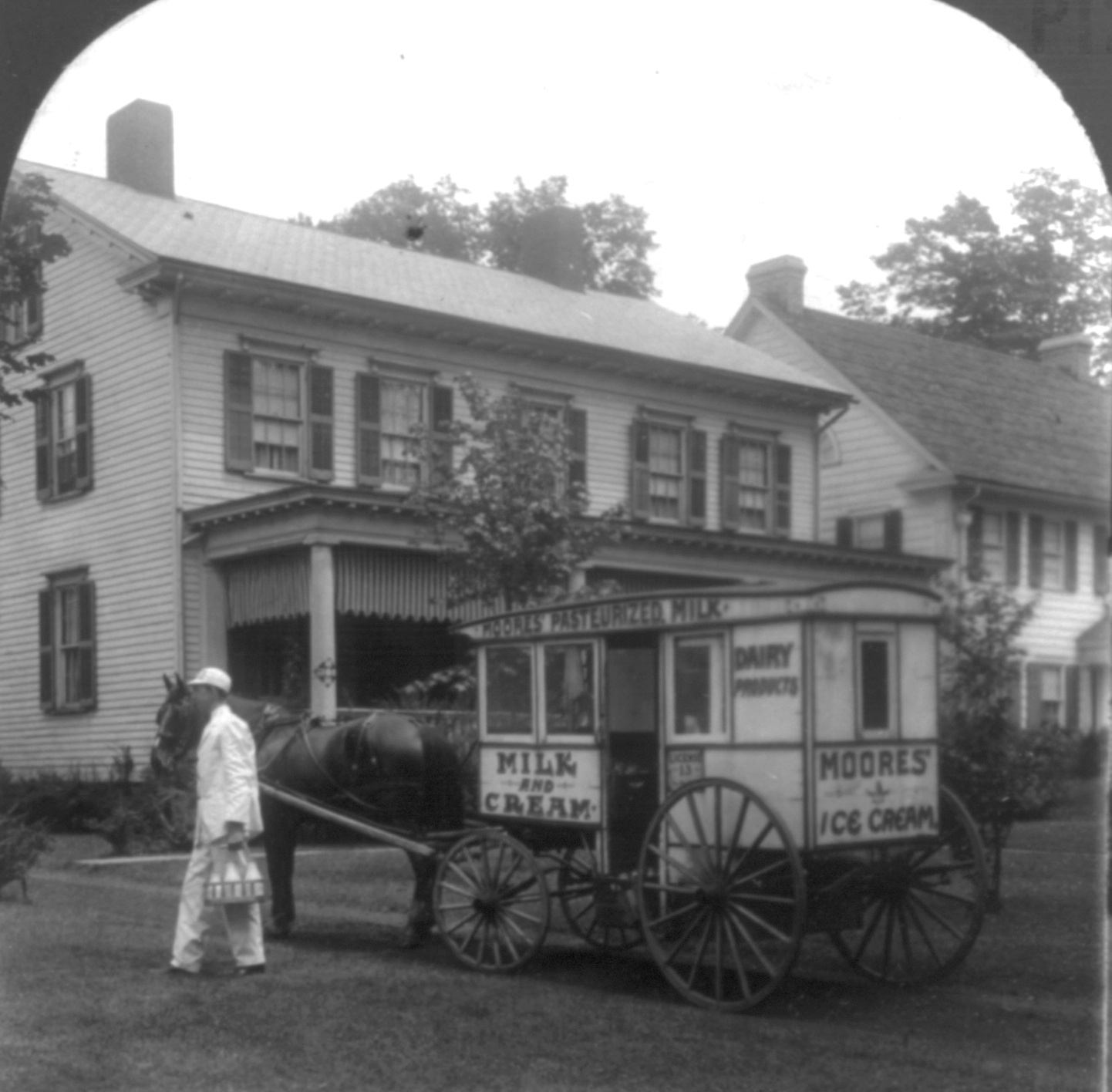Why Was Everyone Obsessed With Drinking Milk?
In the 1970’s, milk was the hot drink of choice. Americans were drinking over 30 gallons each every year. Now, that amount has fallen to as little as 14 gallons. Why were we so obsessed with milk, and what changed?
In the 19th-century, milk wasn’t a safe choice for most people. Only people who lived on farms or close by were getting the freshest milk. In 1850, thousands of babies in New York died after drinking milk from sick cows, and regulation began. Pasteurization became mandatory in 1917, and trucks designed to carry milk became more common. Temperance groups, eager for a beverage that could steer folk away fro
The biggest bump milk got, however, was during WWI when there was a dairy surplus. The government started getting into the game, and began aggressive marketing campaigns in order to sell dairy. Farmers were happy about this; their milk had been used to make candy, formula, and plastic, but getting people to drink it every day would be just the ticket. Milk was the first “superfood,” and was full of vitamins that had just been discovered by researchers, so the drink had three powerhouses supporting it: the government, farmers, and scientists. Drinking milk became the decent American thing to do.
In 1937, milk pricing became a government-regulated system, so it became cheap, and established itself as a staple of even the poorest households. Kids were told to drink 2-3 glasses every day to build strong bones. Those types of campaigns lasted for decades, with the “Got Milk” ads and school curriculum that even to this day claims it is the best source of calcium. However, more research has shown that milk is not actually a magic elixir.
Is It Good Drinking Milk?
Many healthy diets include milk. Milk contains calcium, protein, vitamin D, B12, and potassium. These nutrients help bones, muscles, and overall health.
However, milk appropriateness varies by person. Some people cannot digest lactose, the sugar in milk. If so, milk can induce bloating, gas, and diarrhea. Lactose-free milk or substitutes like almond, soy, or oat milk may be suitable.
Some people eschew milk and other dairy products for personal, nutritional, or ethical reasons.
Do Humans Need Milk?
Humans can exist without milk. Milk is nutritious, but adults don’t need it. Other foods contain calcium, protein, and vitamins like milk. Only humans drink milk beyond infancy. Culture and agriculture are the main reasons. Infants need breast milk for nutrition and antibodies. As people age, their nutritional demands alter, and they can get nutrients from a range of meals.
Consider lactose intolerance, allergies, and dietary preferences before consuming milk or dairy products. Lactose intolerance and dairy protein allergies can make milk difficult to digest. Almond, soy, and oat milk are alternatives.
Milk and dairy products are a personal choice, and a well-balanced diet can meet nutritional demands.
Drinking Milk Reality Check
There is more calcium in dark leafy vegetables than milk. In fact, studies have failed to show that drinking a lot of milk results in stronger bones. There are entire people groups, especially in Asia, that do not drink milk at all and are very healthy. Lactose intolerance or sensitivity is also on the rise, though scientists aren’t sure why. On a biological level, humans were never meant to drink a lot of milk past infancy, but a genetic mutation led to the ability to process milk into adulthood. Could a mutation be occurring again, only this time it’s the inability to handle milk? Interestingly enough, while consumption as a whole has gone down, organic milk has been selling much better.






